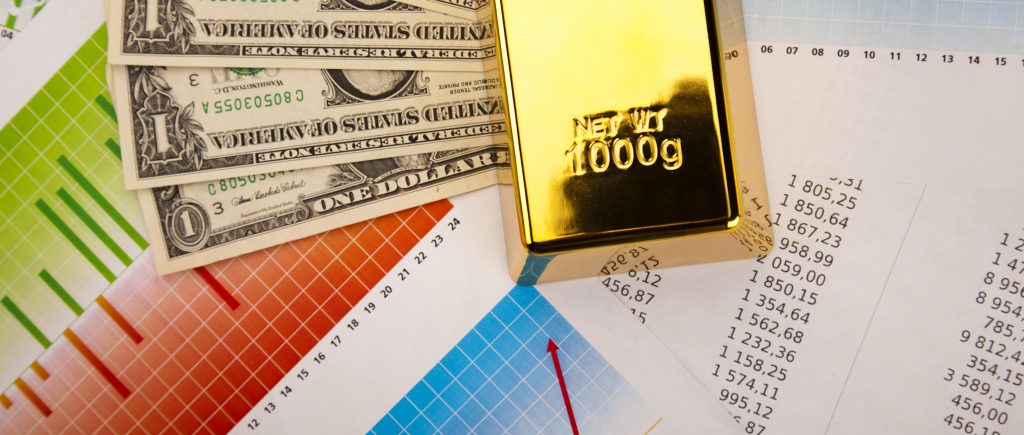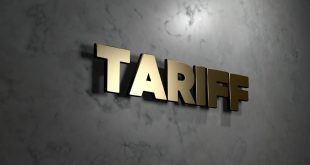
Gold Steadies Above $3,350 as Soft Dollar Counters Bullish Market Vibes
Gold prices are holding firm above the $3,350 mark, bolstered by a weakening US Dollar that is countering an overall optimistic mood in global markets. During the American trading session, the precious metal has edged up by 0.25%, consolidating after peaking at $3,370 earlier in the day. This stability comes amid fresh US inflation data that has reinforced bets on an impending Federal Reserve interest rate cut at its upcoming September 16-17 meeting.
The latest Consumer Price Index report revealed headline inflation aligning with monthly expectations in July, while the annual rate dipped slightly below forecasts. More significantly, the core inflation measure—excluding volatile food and energy prices—showed modest upticks both monthly and yearly, highlighting ongoing underlying pressures but offering no signs of a sharp surge linked to recent tariffs.
Market participants interpreted the data positively, seeing it as evidence against immediate inflationary spikes from trade policies. Paired with indications of a softening labor market, this has solidified expectations for monetary easing.
Tools tracking Federal Reserve decisions now indicate over a 95% chance of a 25 basis point rate reduction in September, with the US Dollar weakening broadly in response and providing a lift to gold.
Despite this support, gold’s upside remains tempered by a risk-on environment. Global stock markets are hovering near all-time highs, fueled by a 90-day pause on escalated US-China tariffs and anticipation surrounding upcoming US-Russia peace discussions in Alaska. Such developments could reduce safe-haven demand for the metal if positive outcomes emerge.
Key economic drivers are shaping sentiment, with US headline inflation up 0.2% month-over-month as anticipated, following a 0.3% rise in June. The annual figure eased to 2.7%, undercutting the 2.8% projection. Core inflation advanced 0.3% monthly, in line with estimates and up from 0.2% previously, while the yearly rate climbed to 3.1% from 2.9%, surpassing the 3.0% expectation.
The US Dollar Index has extended its decline, hitting lows not seen in over two weeks around 97.70, driven by heightened rate-cut probabilities and potential for another easing before year’s end. Year-to-date, the dollar has dropped more than 10% amid trade disputes and fiscal worries. A recent Treasury report noted the national debt exceeding $37 trillion for the first time, with new legislation signed by President Trump expected to add about $4.1 trillion to the debt over the next decade, as projected by the Congressional Budget Office, further weighing on the currency.
US Treasury yields have also retreated, with the 10-year note dipping toward 4.235% and the 30-year near 4.825%, reflecting growing confidence in renewed Federal Reserve easing. Equity markets advanced, with the S&P 500 and Nasdaq 100 each gaining around 0.3% to build on record levels, and the Dow surging over 300 points.
US Treasury Secretary Scott Bessent indicated that sanctions or additional tariffs might escalate if President Trump’s meeting with Russian President Vladimir Putin yields poor results, emphasizing that all options remain available. He also advocated for interest rates to be 150-175 basis points lower, echoing earlier calls for a 50 basis point cut in September based on moderating inflation and revised softer employment figures.
President Trump escalated critiques of Federal Reserve Chair Jerome Powell, suggesting a potential major lawsuit over perceived mismanagement in the central bank’s operations. These comments introduce added political uncertainty and raise questions about the institution’s autonomy.
President Trump has nominated a prominent economist critical of current data practices to head the Bureau of Labor Statistics, following the dismissal of its prior leader after a disappointing July jobs report. The nominee has proposed shifting from monthly to quarterly employment updates.
Federal Reserve officials are balancing their goals of stable prices and full employment. Recent data highlights job market slowdowns over the past three months, while core inflation lingers above the 2% target without accelerating dramatically.
 Noor Trends News, Technical Analysis, Educational Tools and Recommendations
Noor Trends News, Technical Analysis, Educational Tools and Recommendations




